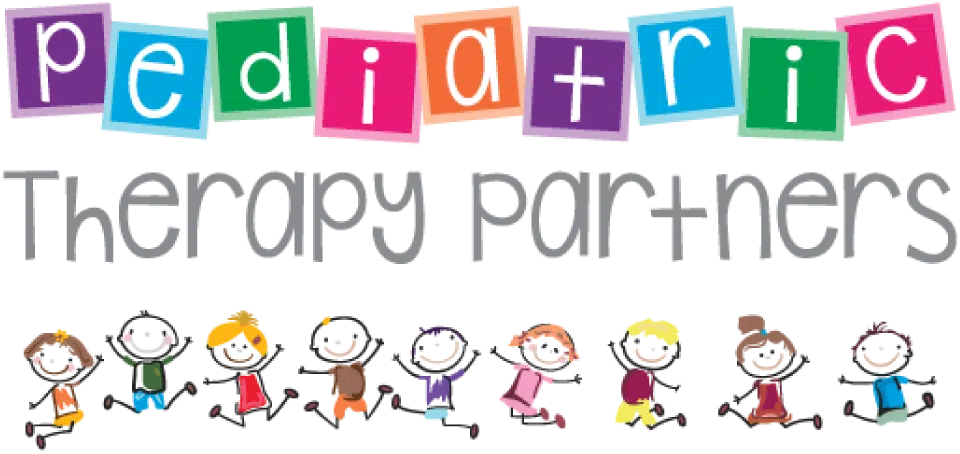When it comes to supporting children’s development and addressing their unique needs, a multidisciplinary approach that combines speech therapy, occupational therapy, and physical therapy has shown remarkable effectiveness. This is the primary reason I founded Pediatric Therapy Partners – so that when a child needs multiple disciplines, each provider can collaborate easily so that the child can have the very best outcomes! Research shows that children’s development is complex and interconnected, and that a collaborative effort from multiple disciplines can yield the best outcomes. In this blog post, we will explore the benefits of a multidisciplinary approach in pediatric therapy and why it is a preferred model for children receiving speech, occupational, and physical therapy.
1. Holistic Assessment: A multidisciplinary team conducts a holistic assessment of the child, considering all aspects of their development. By integrating the expertise of speech therapists, occupational therapists, and physical therapists, a comprehensive evaluation is conducted, providing a deeper understanding of the child’s strengths, challenges, and underlying factors affecting their development. This comprehensive assessment enables therapists to create personalized intervention plans that address the child’s needs from multiple angles.
2. Comprehensive Intervention: A multidisciplinary approach ensures that therapy interventions cover various areas of development simultaneously. For example, a child with communication difficulties may receive speech therapy to improve their language skills, occupational therapy to enhance their fine motor skills for writing, and physical therapy to address gross motor coordination for overall physical development. This comprehensive intervention allows for a well-rounded approach that supports the child’s overall growth and development.
3. Collaborative Goal-Setting: With a multidisciplinary team, therapists from different disciplines collaborate to set goals that are aligned and mutually supportive. These goals encompass the child’s speech, motor, and functional abilities, enabling a coordinated and focused effort in therapy sessions. By working together, therapists can address the interconnected nature of the child’s challenges and help them achieve optimal progress across multiple domains simultaneously.
4. Consistent Communication: In a multidisciplinary approach, regular and open communication among therapists is essential. This collaboration ensures that therapists are aware of each other’s interventions, progress, and challenges. By maintaining consistent communication, therapists can share insights, strategies, and adjustments to the intervention plan, leading to a more cohesive and effective therapy experience for the child. Parents and caregivers are also actively involved in this communication loop, ensuring everyone is working towards common goals.
5. Seamless Transitions: Transitions between therapy sessions become smoother with a multidisciplinary approach. Instead of disjointed experiences, children benefit from seamless transitions between speech therapy, occupational therapy, and physical therapy. This continuity minimizes disruptions and optimizes the child’s progress by reinforcing skills across different therapeutic contexts. The multidisciplinary team can also provide recommendations for activities and strategies that can be implemented at home and in other environments to support ongoing development.
6. Comprehensive Progress Monitoring: With a multidisciplinary approach, therapists collaboratively monitor and assess the child’s progress across various domains. This allows for a more accurate and comprehensive picture of the child’s development. By regularly sharing assessment results and progress updates, therapists can adjust interventions, modify goals, and celebrate achievements together. This ongoing monitoring ensures that therapy remains targeted and responsive to the child’s changing needs.
A multidisciplinary approach brings together the expertise of speech therapists, occupational therapists, and physical therapists to provide comprehensive and holistic support for children’s development. By leveraging the strengths of each discipline and promoting collaborative teamwork, children benefit from a well-rounded intervention plan that addresses their speech, motor, and functional needs simultaneously. The power of a multidisciplinary approach lies in its ability to recognize the interconnected nature of development, enabling therapists to work together to optimize outcomes for children receiving speech, occupational, and physical therapy.
Call us at (318) 746-1199 today for a free phone screening!

